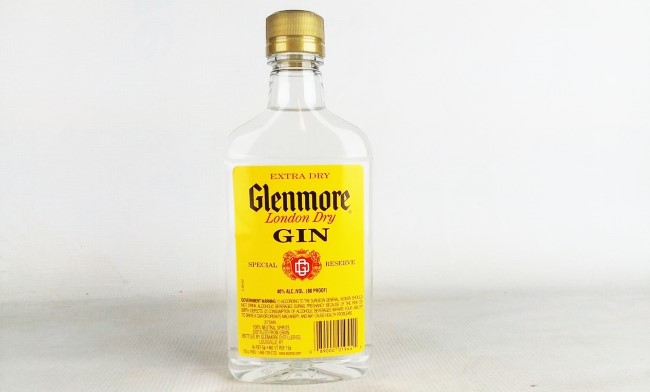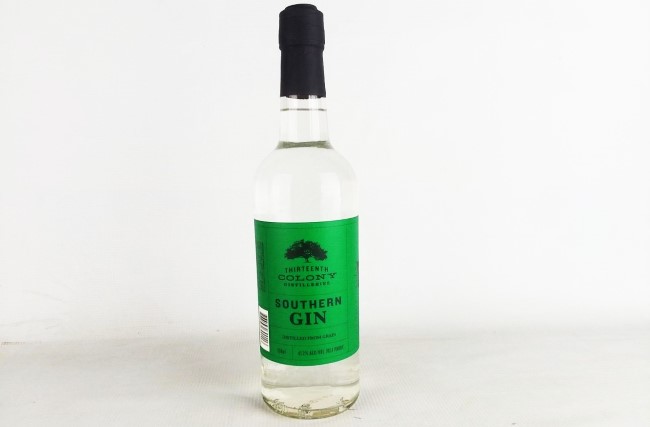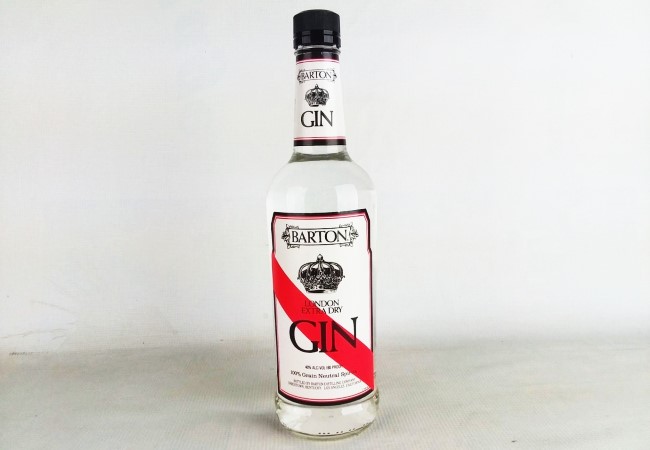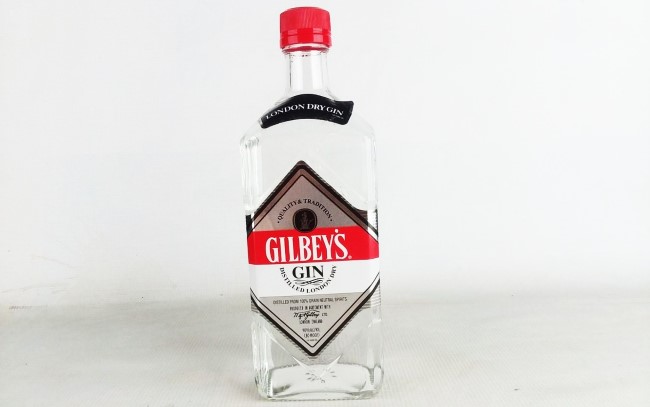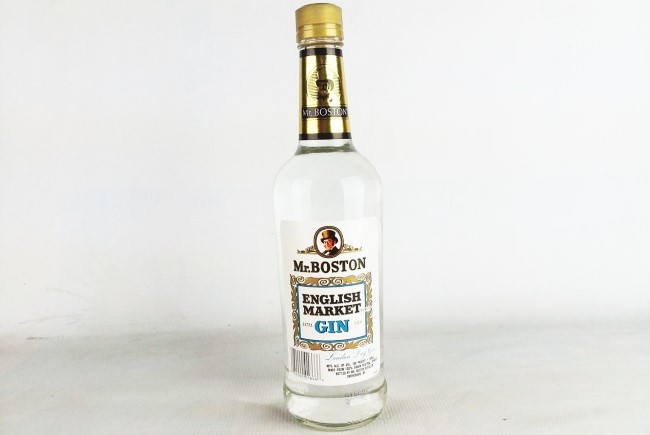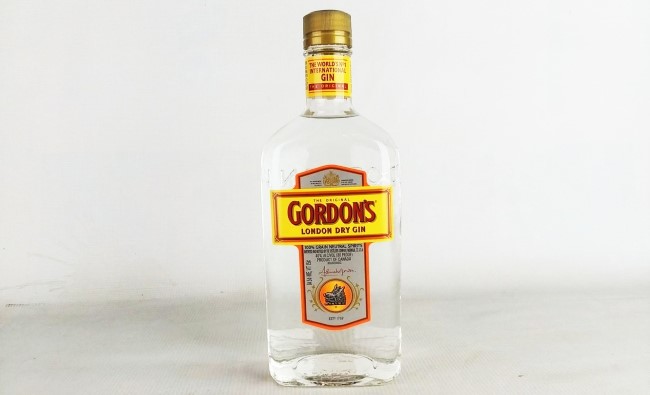10 of the Best Bottom Shelf, Cheap Gins, Blind-Tasted and Ranked
Photos by Jim Vorel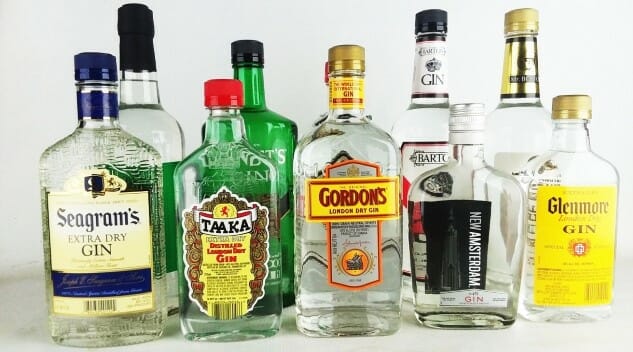
This list is part of a Paste series of bottom shelf liquor and craft beer style tastings. Click here to view all entries in the series.
There’s no shortage of articles online that purport to tell you how to find the best “cheap liquor” or “bottom shelf” picks for various styles of booze. And for the most part? These articles suck.
Allow me to tell you why.
First of all, almost all of the “best cheap ____” lists you’ll find online are way off base on a reasonable definition of what is actually “cheap” or “bottom shelf” to the average consumer. Through a combination of laziness and an apparent reluctance to sample brands that might actually taste like bottom shelf rotgut, you end up with lists such as “the best cheap gins under $25,” or “the best cheap gins under $30,” which we should consider an automatic failure on the “cheap” front. I don’t need a list like this one to tell me that Bombay and Tanqueray are quality gin brands for under $30. Likewise, no gin drinker needs a list like this one to tell them the same about Boodles and Aviation. Suffice to say: Everyone already knows these brands are decent, and everyone should be able to expect these brands to be decent, because you’re going to pay almost $30 for most of them. They simply aren’t “bottom shelf.” This is the mid-shelf, and you don’t get to pretend otherwise. This isn’t the information a reader is looking for when they type “best cheap gins” into Google.
Secondly, most of these articles don’t even bother to make the claim that they rounded up all the liquors on the list for an actual, in-person tasting. For all you know, you’re reading entries written off months-old memories, or tastings conducted over the course of weeks. None have the inherent objectivity you get with a one-day, comprehensive, blind tasting of everything on the list.
So, that’s exactly what we’re going to do. Using the same basic methodology that we’ve refined in our years of blind tasting various craft beer styles, Paste is beginning a series of truly bottom shelf liquor tastings. We’ll be tasting the real bottom shelf heroes in every genre, from gin and tequila to bourbon, scotch and blended whiskey. You won’t find anything here that can’t be found in a 750 ml bottle for $15 or less. If you’re on a budget, this is the list for you.
First up? Gin, the foundational liquor behind so many classic cocktails, as well as some of the world’s most popular mixed drinks, such as the ubiquitous G&T.
Rules and Procedure
— This is a tasting of gins, with a strict price limit of $15 or less for a 750 ml bottle. Some of the bottles we used in the tasting were merely pints, but every brand on this list was available for $15 or less on Total Wine at the time of writing.
— Gins were available to tasters both neat, and mixed with equal ratios of tonic water, although tasting neat proved to be considerably more illuminating.
— All gins in this tasting were acquired directly from liquor stores in Georgia.
— Gins were judged completely blind by how enjoyable they were as individual experiences and given scores of 1-100, which were then averaged. Entries were judged by how much we enjoyed them for whatever reason, not by how well they fit any kind of preconceived style guidelines.
The Rankings: All 10 Gins, Ranked From Worst to Best
10. New Amsterdam Straight Gin
Distillery: Modesto Distillery
ABV: 40% (80 proof)
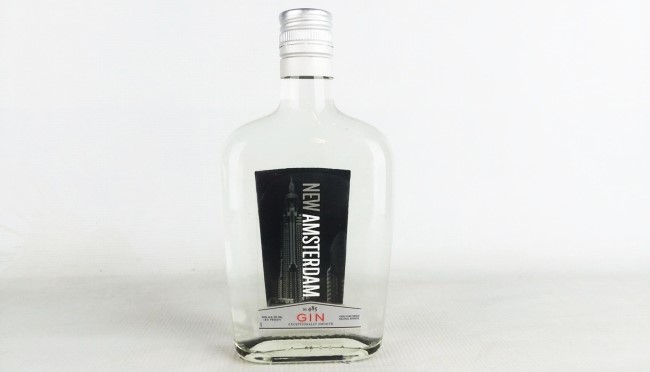
Since the moment it burst onto the scene, New Amsterdam has been one of the most divisive gins on the American market, and after tasting it blind we can now see why. It belongs to the group of products variously described as “new western” or “contemporary” gins, but even among these citrus-forward, juniper-decreased offshoots, New Amsterdam stands out—in a bad way, unfortunately—for the sheer intensity and artificiality of its flavors. It’s no surprise to see why it has fans—Americans love sweet, artificially flavored drinks with a blinding, addictive intensity. It might as well be the defining trait of this nation’s liquor consumers as a collective, so it’s only natural that New Amsterdam would have one group of rabid supporters and an equally vocal group of detractors.
Sampled blind, though, New Amsterdam literally smells and tastes completely different than anything else on the table. Bizarrely intense notes of lemon candy and grape soda are present on the nose, while the palate is dominated by sticky sweet grapefruit and orange, which pass into a harsh, boozy finish. This is a gin that absolutely needs tonic to be in any way palatable, but even when mixed in a G&T its sugary sweetness and artificial citrus notes are galling to most palates accustomed to gin.
The bottom line is, if you serve this to someone without telling them what kind of liquor they’re tasting, they’re going to guess that it’s cheap, flavored vodka. You might be able to find a good application for a spirit like that, but you won’t see us using New Amsterdam in proper gin drinks anytime soon.
9. Taaka Gin
Distillery: Sazerac Co.
ABV: 40% (80 proof)

As I asked for one of the plastic pints of Taaka from behind the package store register, the cashier casually remarked that this was the most popular gin selection among my city’s homeless gin aficionados, so we immediately knew we were in good hands here. At $6-8 per 750 ml bottle, this is among the cheapest gins you can buy in bulk, anywhere in the U.S. Only a couple of the other entries on this list (Glenmore, Mr. Boston, etc.) can claim to be in this ultra-low price bracket.
Unfortunately, this is also a case where the gin tastes exactly how you’d expect for the price. Taaka is actually fairly mild on the nose—“dusty” and vaguely medicinal, or what one taster described as “butterscotch, and not in a good way.” On the palate likewise the thing that stands out more than anything is an underwhelming lack of any discernible gin flavor—very light on juniper, or just about any note that isn’t alcohol derived. It comes off as one-note and watery, like very diluted (we’re actually thankful for this) rubbing alcohol. As sad as it is to say, it’s exactly what you’d expect someone living on the street to be drinking—the most “hooch”-like of all the gins for sure.
8. Burnett’s Gin
Distillery: Heaven Hill
ABV: 40% (80 proof)
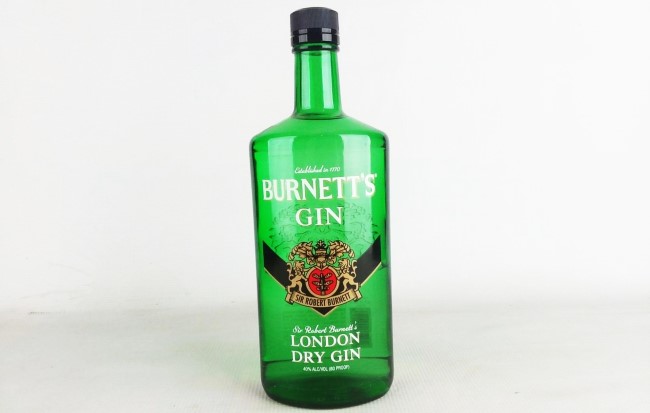
This is about the point of the tasting where we graduate from “something you should never drink” to “something that might actually be okay as a mixer.” Burnett’s isn’t a terribly visible brand, but it does have its fans, and it can at least claim to hail from a reliable whiskey producer in the form of Heaven Hill. The end result isn’t great, but it’s certainly better than the likes of Taaka.
The main knock on this gin is its unpalatable combination of sweetness and a lack of distinct flavor notes. Ethanol factors in prominently, while flavor notes are limited to candy sweet lime and an oddly intense and specific floral note that reminded one taster of hibiscus blossoms. This gin simply feels like it’s here to party in an overly saccharine, brightly colored mixed drink of some kind.
-

-

-

-

-

-

-

-

-

-

-

-

-

-

-

-

-

-

-

-

-

-

-

-

-

-

-

-

-

-

-

-

-

-

-

-

-

-

-

-

